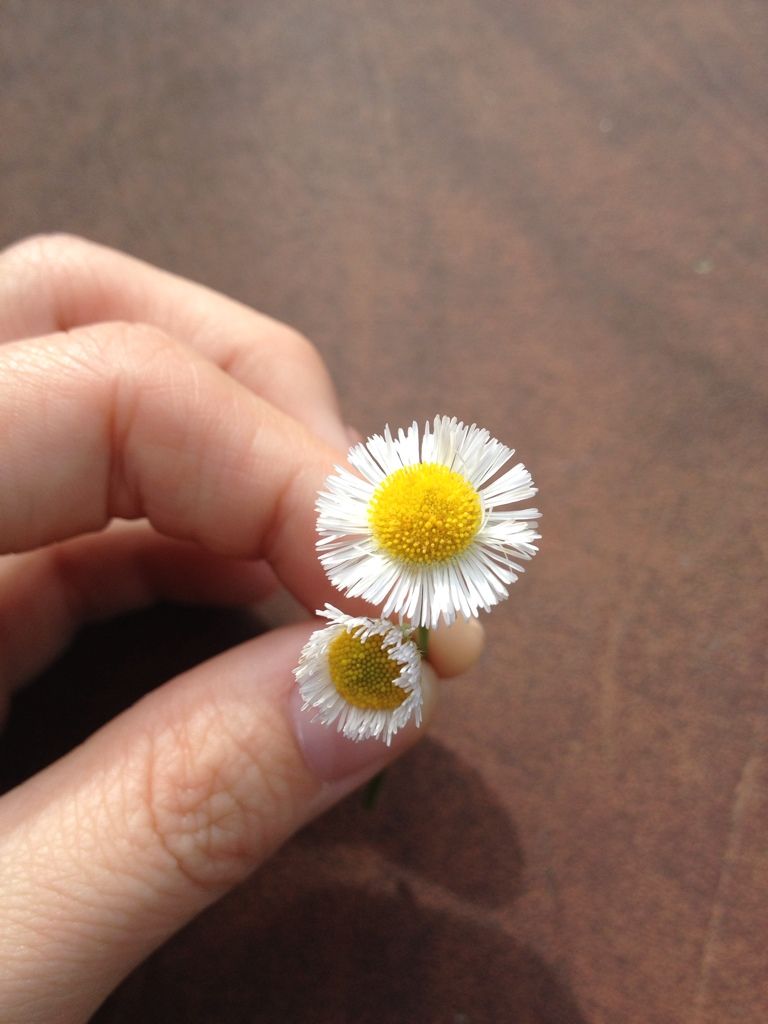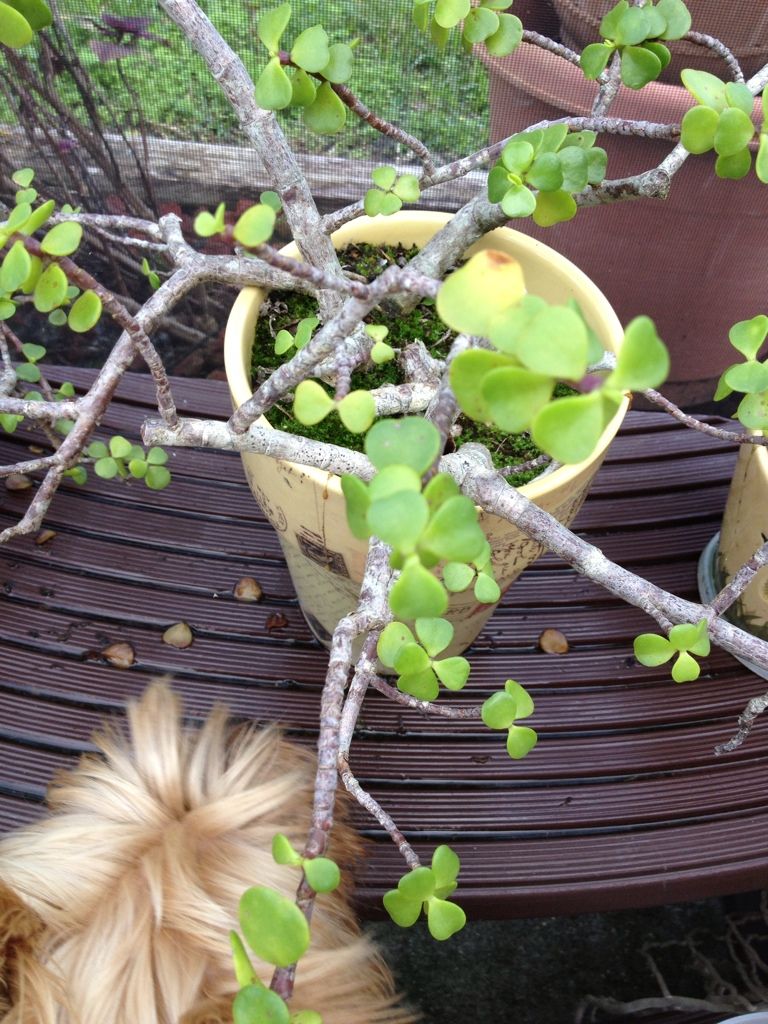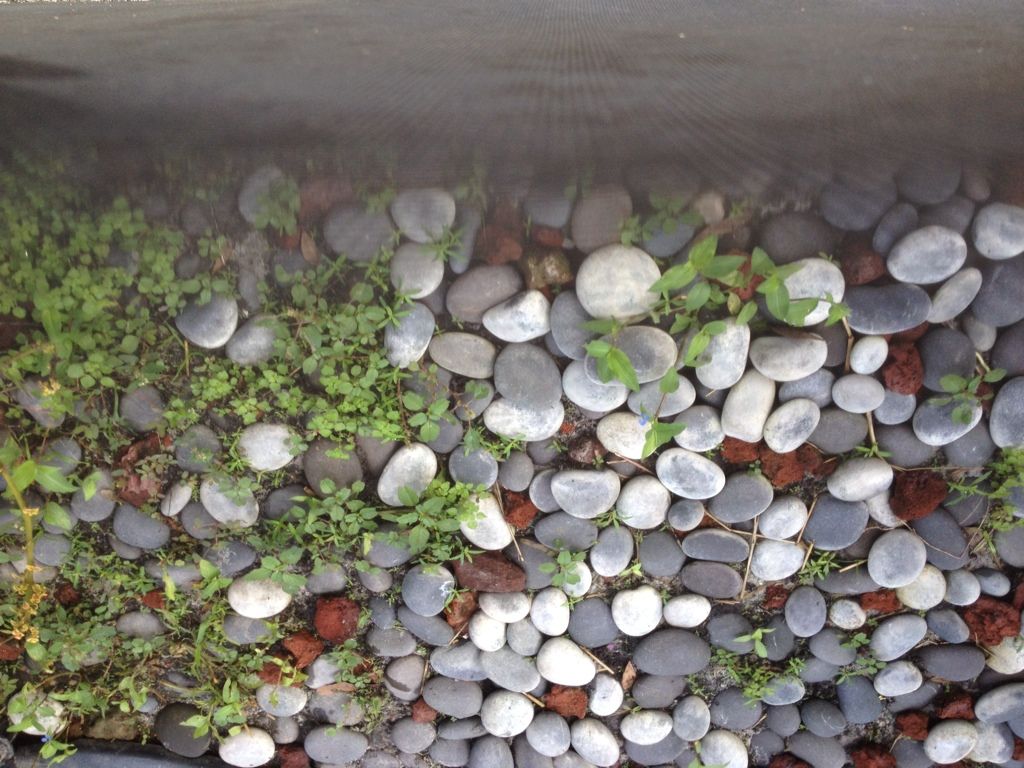|
|
Post by dyzired on Dec 17, 2012 16:25:24 GMT
I've made a similar thread before, but I could not find it to add to it, sorry! Was wondering if any of you knew what the weeds/flowers were and if they were degu safe?  Here's them close up     Also, I have these plants out on my porch and was wondering if they're degu safe as well! Leaves or wood?  How about cactus'? (Needles scraped off of course)   How about anything off of my bonsai plant? Leaves? Branches? The weeds growing at the bottom? (Note the lizards who have called my plant "home")   Can anyone recognize this plant (the one to the right of the stone waterfall.. Looks very bushy with tiny purple flowers) ??  And these   Sorry for the long post! And like I said I would've added this to my other thread but idk where it is! |
|
|
|
Post by ntg on Dec 17, 2012 17:15:28 GMT
Maybe we should have a thread like this bookmarked that people can add to when they need help identifying?
P.S. I have no idea, plants aren't my strong point lol
|
|
|
|
Post by dyzired on Dec 17, 2012 18:16:45 GMT
Yeah I think that'd be a great idea if there isn't one already! I'm completely hopeless when it comes to plants haha. And I'm not confident enough in myself to just let them try one of these without asking here!
|
|
|
|
Post by moletteuk on Dec 17, 2012 20:18:28 GMT
Have stickied the thread, so we can just carry on from here.
All your plants look way foreign to me, so I'm really not confident trying to identify them....but...top left white flower could be japanese anemone, top right white flower looks like a type of daisy, but I'm not sure it's a regular daisy, the leaves in the same pic look familiar but I can't place them, did they come with one of the flowers? I don't know about the shrubs. The variegated plant near the end with the lime and red leaves could be coleus.
I've checked degupedia.de and deguforum.de but can't find any results for the anemone (although a different anemone is poisonous), or coleus. Ordinary daisies (bellis perennis) are safe, but you'd need to check the leaves to check that's what they are.
|
|
|
|
Post by dyzired on Dec 17, 2012 20:33:36 GMT
I don't think that they're Japanese anemone or daisies. Both flowers i picked are types of weeds.. And neither look like the pics i looked up to me. I do believe that one is coleus now that I looked it up. And the leaves were alone and they kind of laid flat to the ground with like 5-6 leaves per "plant". There may be flowers that eventually grow in them? But not in any that I could see outside today. They kind of have a fuzzy texture.
Thanks for your help! Was hoping I could feed one of these because they're EVERYWHERE!
|
|
|
|
Post by davx on Dec 17, 2012 22:15:07 GMT
The second plant looks like a daisy, but it is a fleabane and yes it is safe for degus. My guinea pigs like it much, here it is a nasty weed introduced from America.
|
|
|
|
Post by dyzired on Dec 17, 2012 22:22:20 GMT
Thank you! Yup! That's it  well atleast there's one thing I can feed them  and is the whole thing okay? Flowers? Stem? Leaves? |
|
|
|
Post by dyzired on Dec 18, 2012 17:29:39 GMT
 Degus can have acorns, right? And does anyone know what these are?  And these are those leaves I took pics of before.. Can you all tell what they are now by any chance?  Thanks all  |
|
|
|
Post by davx on Dec 19, 2012 0:51:21 GMT
The first plant might be Commelina or a plant related to the Commelina-family: en.wikipedia.org/wiki/CommelinaCommelina is edible, also other related plants like Callisia or Tradescantia. Acorns are edible, yes. You can introduce them in small quantities. If the degus do well you can increase the quantities gradually. The last two plants are hard to identify. In addition Florida's flora is influenced by neotropical fauna (Middle and South America), this makes guessing even harder. Photos from flowers might be helpful (but probably actually is not the right season for this). In additon one of the photos shows painted nettle: en.wikipedia.org/wiki/Solenostemon_scutellarioidesIt seems that they aren't toxic. However I do not know any experiences about their suitability as fodder plant. However this plant is very common here in Europe as houseplant. The plant next to the nettle with the big, green leaves I assume is toxic. It looks similar to plants from the toxic Arum family: en.wikipedia.org/wiki/AraceaeFor the cactus, is this a prickly pear? en.wikipedia.org/wiki/OpuntiaIf so, they are edible and can be fed to degus. The fleabane is edible in all its parts. I usually feed leaves and flowers. Stems aren't much liked, but it is easier to feed them with stems and remove them later from the cage. |
|
|
|
Post by dyzired on Dec 19, 2012 1:01:02 GMT
Thank you soooo much!!! Looking at the pics, it looks like your guesses are correct! I will try out the acorns, fleabane, and the blue flowered one. I won't try the purple plant. As for the big leaved green plant, it doesn't even look like something they'd want to eat as it looks and feels almost rubber and fake. (However this is my favorite plant I have by my pond because it reminds me of something out of jurassic park  ) Thanks for your help! They will be very happy! |
|
tommy
Newborn Degu
The Tiku and Taku shooooooow!
Posts: 22 
|
Post by tommy on Feb 12, 2013 10:44:01 GMT
Silver Birch tree leaves are also a good treat for them and they love them, course this applies if you have one near you but there you go, another option at least  |
|
|
|
Post by dyzired on Mar 1, 2013 16:54:19 GMT
Hah.. Thank you but I don't even know what those are  I live in south Florida so idk if they grow here or not? |
|
|
|
Post by ntg on May 13, 2013 19:07:12 GMT
My dad reckons it might be creeping buttercup but he's not sure (there weren't any when I picked it but he thinks it has yellow flowers):  |
|
|
|
Post by moletteuk on May 13, 2013 19:16:17 GMT
It looks right to me, there are often paler patches on the inner toothed bits of the leaves, but maybe they develop as the leaf ages. If you look at the roots they look like a bunch of almost white strings two or three inches long. And also, you will see each plant is usually connected to its neighbouring plants by an offshoot.
You need to dry this plant in sunlight to break down a harmful compound. I've done this and fed it to mine and it was fine, Flossie quite likes it.
|
|
|
|
Post by ntg on May 13, 2013 19:20:54 GMT
Cool, thanks molette  I guess it needs to be completely dry before feeding? |
|
|
|
Post by moletteuk on May 13, 2013 20:32:05 GMT
I presume so. I would give it plenty of exposure to light and maybe stir the leaves up a couple of times to make sure it's safe.
|
|
|
|
Post by degumomofmany on Sept 7, 2015 6:28:15 GMT
  I have zinnias and morning glory in my garden this year. Does anyone know if I can feed them to the goos? Leaves too? Or just the flowers? |
|
|
|
Post by moletteuk on Sept 7, 2015 20:06:32 GMT
I'll try and look these up tomorrow, off hand I have no idea about zinnia, but morning glory is potentially safe as bindweed is safe.
|
|
|
|
Post by degumomofmany on Sept 7, 2015 21:31:22 GMT
I am happy I can feed them bindweed. That plant's seed can stay dormant for decades and we have waaaaay too much of it here.
|
|
|
|
Post by moletteuk on Sept 9, 2015 12:38:43 GMT
I've done a bit more information gathering and the morning glory (ipomoea) could be problematic, you should definitley avoid the flowers and seeds as they have a psycho-active component. I'm less sure about the leaves and stems because all the information concentrates on the seeds. I can confirm that hedge bindweed (Calystegia sepium) leaves and stems are safe.
I can't find any references to zinnia, they are not known to be poisonous, but I can't find any references where anyone has tried them with their degus.
If it were me, I would avoid both until you and your degus are more used to feeding hand collected plants, and perhaps you could try very small amounts later if your degus are quite discerning and cautious about what they will eat. My degus will sometimes do their own 24hr test, they sometimes just have a little nibble at something new and wait a day or two before eating more.
|
|